Approximately 80 million people live in the Philippines. About 96% of the population are Filipinos. The rest are members of a large number of minorities, such as old Indonesians, old Malays, Chinese, Indians and Blacks. About 84% of Filipinos are Catholics, to which various pagan customs are added. There are also Protestants and Muslims. People live mainly in the coastal lowlands. The Philippines is a densely populated country with an annual population growth of 2%. About a quarter of Filipinos live below the poverty line, and the unemployment rate is 10%.
Agriculture accounts for 22% of gross domestic product and is a source of livelihood for almost half of the population. Corn, sweet potatoes, cassava, sugar cane, peanuts, coconuts, coffee, citrus fruits, vegetables, oranges, lemons, pineapples, bananas, papaya and tobacco are grown here. However, the most important crop is rice. Residents also raise cattle, goats, pigs, horses, buffaloes and poultry.
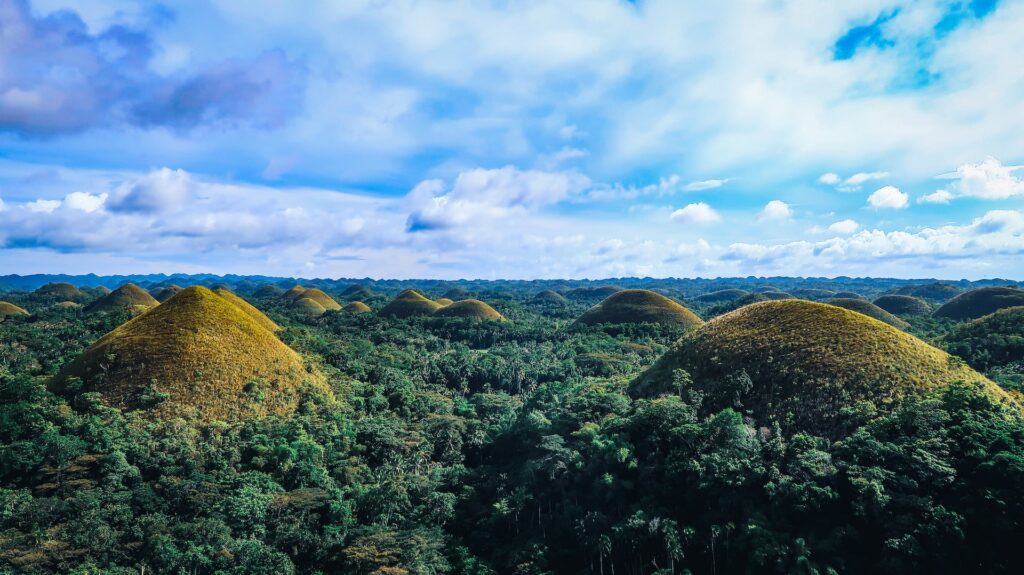
Industry accounts for 31% of GDP. The Philippines is rich in minerals, extracting coal, brown coal, oil, natural gas, iron ore, manganese, chromium, copper, zinc, gold, silver, phosphates, mercury and molybdenum. Imports of crude oil, chemicals, iron and steel are needed. The country exports clothing, electrical goods, coconut oil and minerals. Customer countries include the USA, Japan, the Netherlands, Singapore and Taiwan.
History and culture
In the 13th century, Islam was brought to the islands, which spread here. In 1521, the islands were discovered by a Spanish expedition led by the sailor Fernand Magellan. Thus, the Philippines became a Spanish colony from 1571. Spanish rule did not end until 1898, when the Filipinos won independence. In 1901-1942, the country was under the rule of the United States, then it was occupied by the Japanese and finally became an independent republic in 1946.
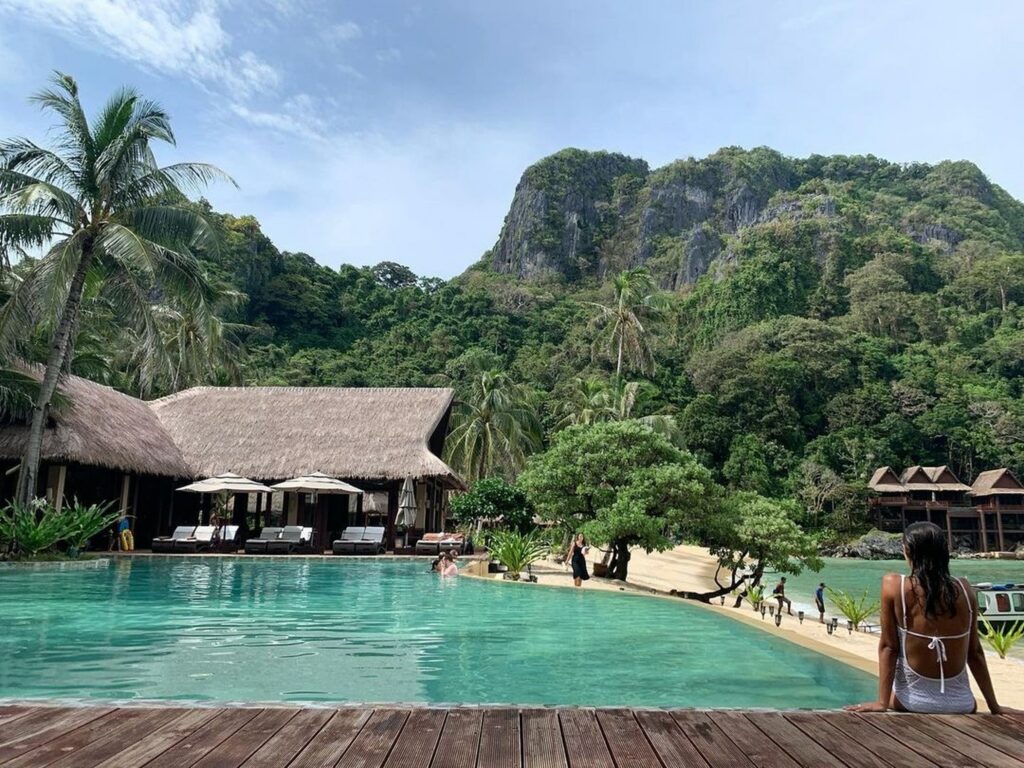
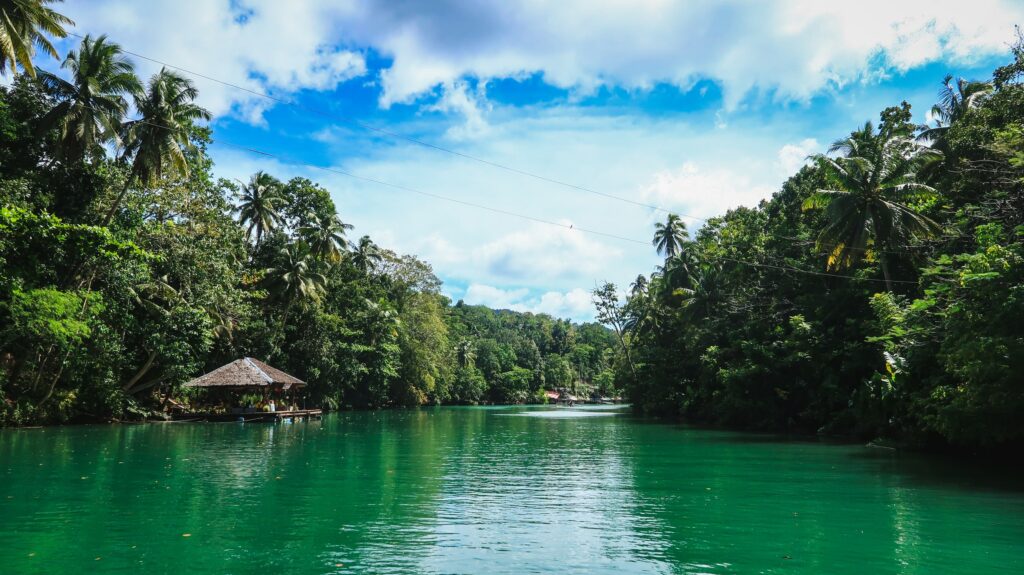
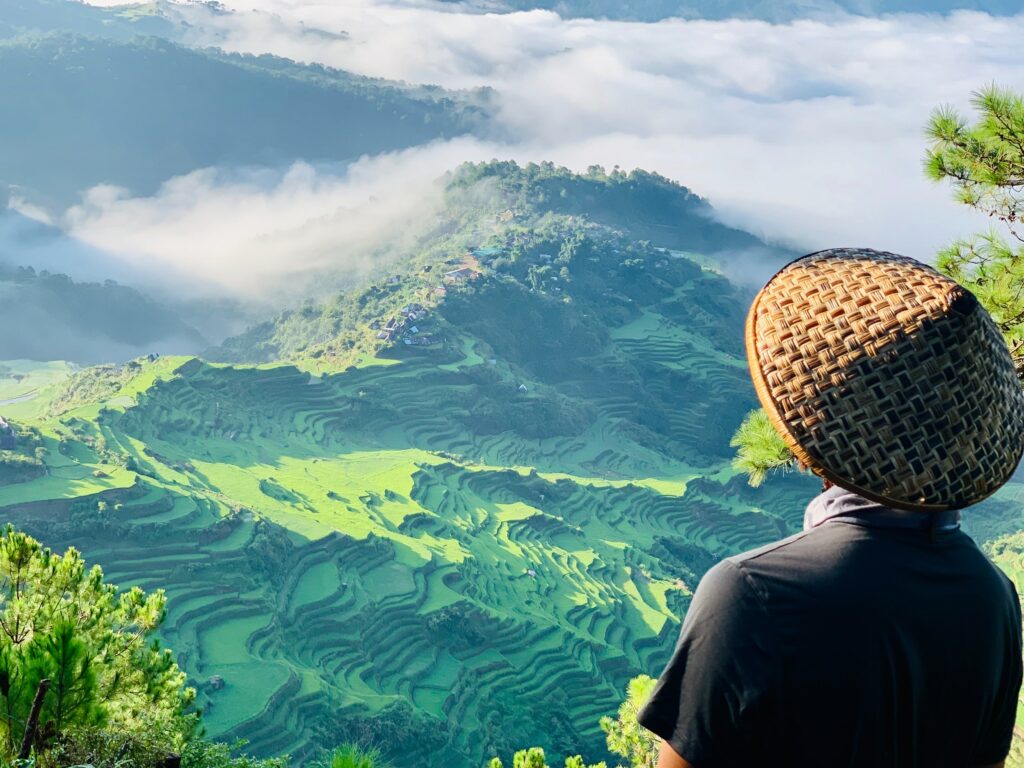
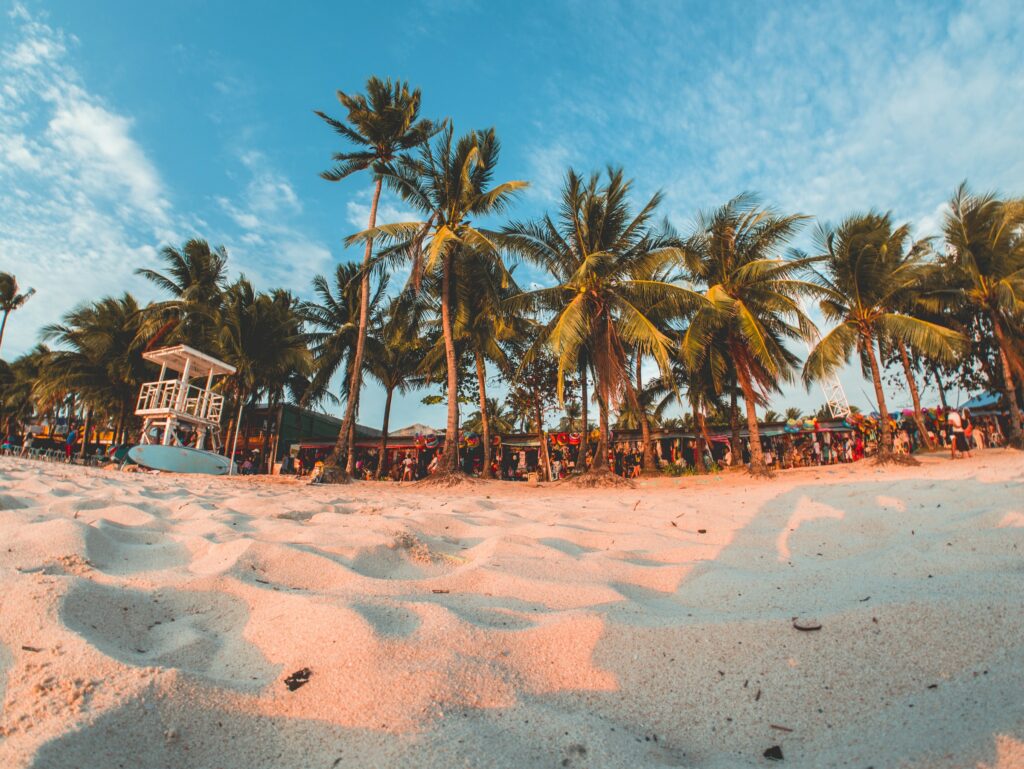
In the 1980s, an armed uprising broke out in the country, and in 1986, democratization began. In 1992, the Americans abolished their last military bases on the islands, ending their centuries-old military presence. Since 2000, Islamic insurgents have been responsible for several kidnappings, especially of European citizens, making the Philippines not one of the safest tourist destinations.
Geographical features
This island nation is located in Southeast Asia and is washed by the Philippine, South China, Sulu and Sulawesi Seas. The Philippines consists of approximately 7,100 islands, of which about 800 are inhabited. The largest islands are Luzon and Mindanao. The archipelago is located in a tectonic zone and there are several active volcanoes on the islands. The largest of them is Apo, with a height of 2954 meters above sea level. Other famous volcanoes include Pinatubo, which last showed its strength in 1991, and the popular 2,462-meter-high Mayon volcano.
Most of the surface is occupied by highlands covered with pine forests. Lowlands can be found only on the coast or in river valleys. It has a humid tropical climate with high temperatures, small temperature fluctuations, high humidity and year-round precipitation. There are a large number of islands in the Philippines, where there are a lot of interesting things and which offer a great vacation. The following is about the islands of Bohol and Cebu.
Bohol Island
The Philippine island of Bohol, located in the Bohol Sea to the north of Mindanao Island, is part of the Visayas Archipelago. Like the other islands of this archipelago, it offers charming nature, interesting culture and ideal conditions for recreation. This is a tourist destination with beautiful beaches, clear sea, tropical flora and excellent diving conditions.
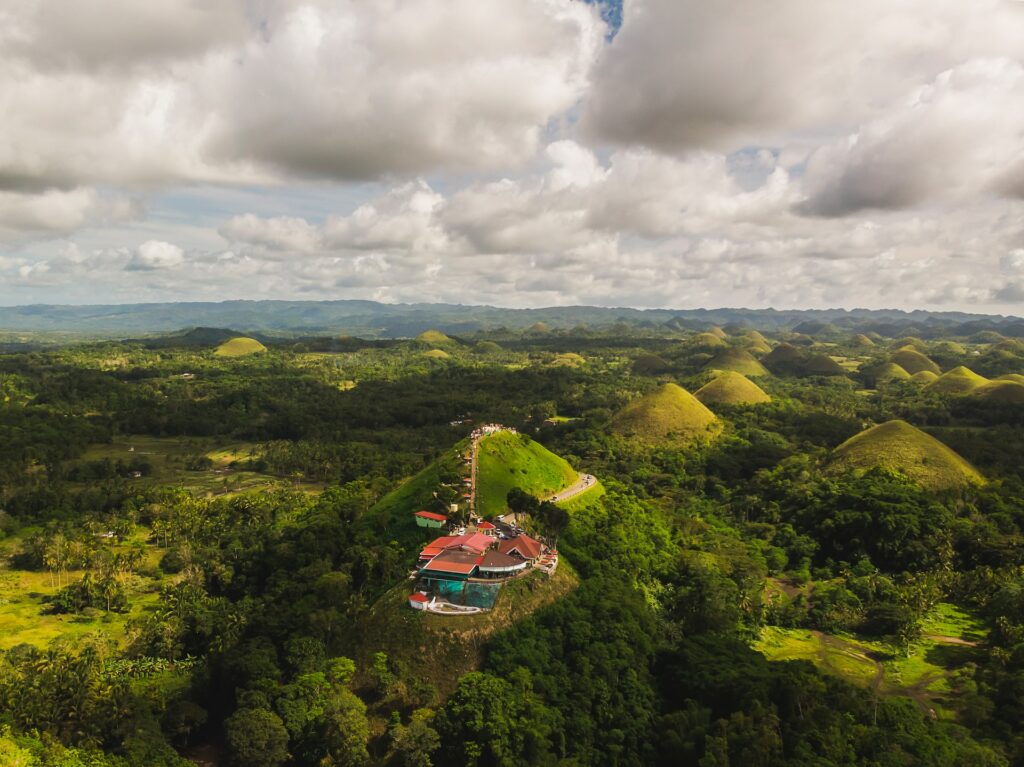
Bohol borders the islands of Cebu and Panglao, with which it is connected by a bridge. The best way to get to Bohol is to take a short ferry from Cebu City. Bohol, a great place to stay. The main attraction is the local idyllic white sand beaches surrounded by palm groves. The beaches very slowly descend into the amazingly clear sea, which is inhabited by a variety of animals. Diving and snorkeling are well developed in Bohol.
The capital of the island is Tagbilaran
The capital of Bohol is Tagbilaran, which is not very interesting from a tourist point of view. There is an airport and a main port. About 20 km from it is the town of Loon, where there is a pretty church from 1753. Another interesting monument of the island is the monument on the coast of Boole, which is a reminder of the friendship between the Spanish conqueror Legazpi and the local ruler Sikatuna.
They both confirmed their friendship with their own blood. The oldest city on Bohol, Baklayon, which is also home to one of the oldest Filipino churches. The Pubic Church, in turn, hides beautiful frescoes. Bohol is known for its unique landscape, the so-called Chocolate Hills, which are located about 55 km from the city of Tagbilaran. This is an unusual geological formation, which consists of about 1300 symmetrical hills of perfect shape, overgrown with green grass.
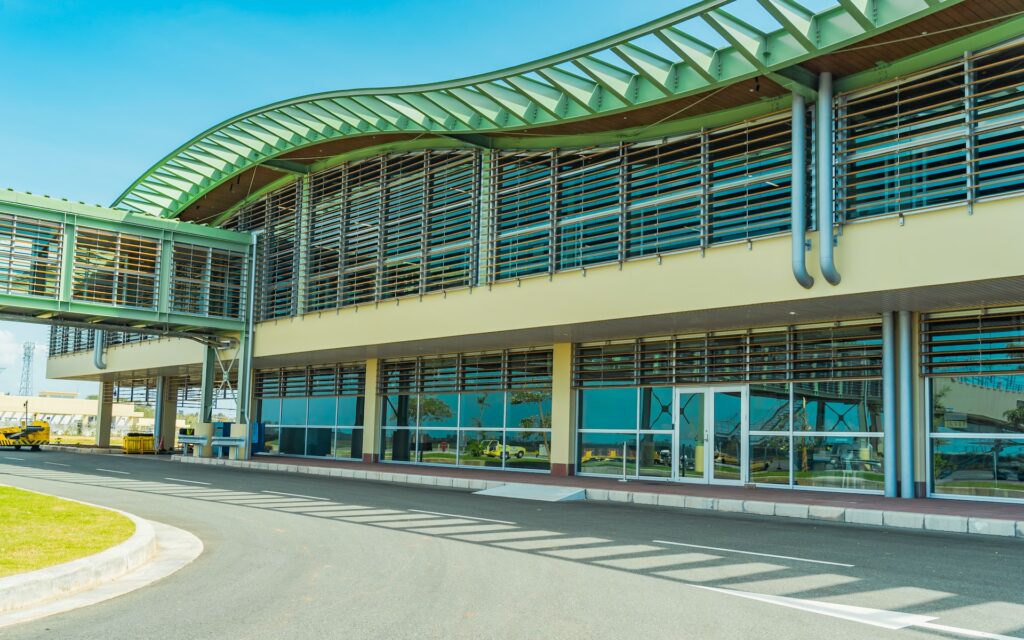
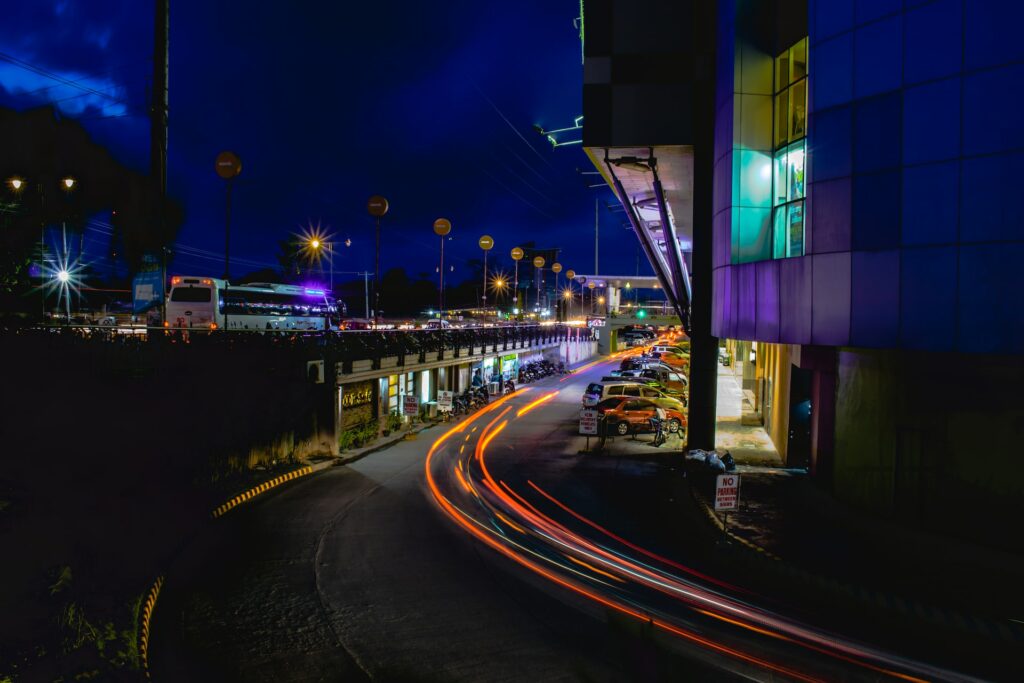
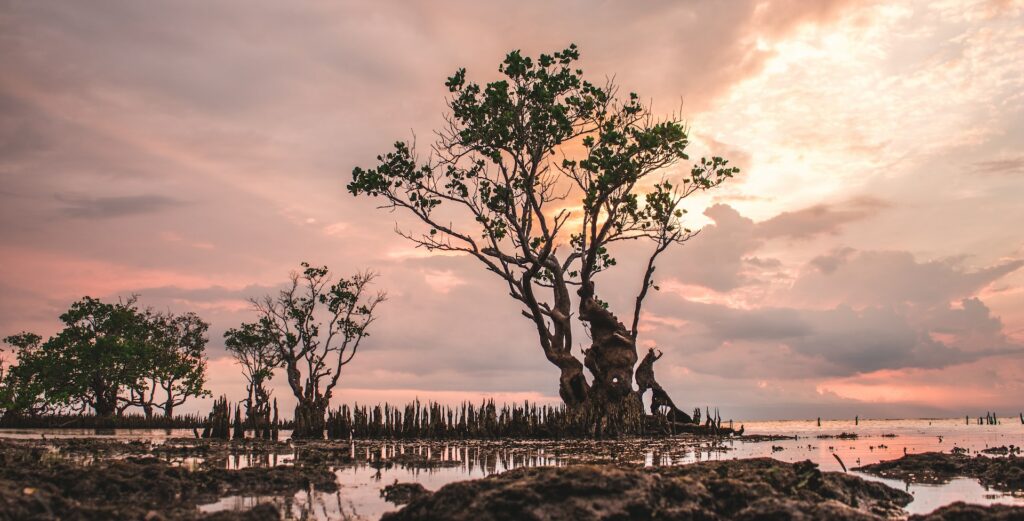
However, in the dry season, the grass turns brown, and the hills acquire a typical chocolate color, hence the name of the area. Individual hills reach a height of about 50 meters above sea level (the highest is 120 m) and are scattered over an area of 50 square kilometers. The Chocolate Hills were recently declared the third largest geological monument for its uniqueness and included in the UNESCO World Heritage List.
The whole area where the hills meet has turned into one big tourist resort, the center of which is located in the city of Carmen. There are many accommodation options in the area, as well as restaurants and other snacks. The best view of the hills opens from the observation deck of the Chocolate Hills. First you have to climb 214 steps, where you can see from a height of 64 meters on the plain, dotted with a huge number of conical hills. Another magnificent view opens on the peak of Sagbayan, which is located under the municipality of Sagbayan. Today, the Chocolate Hills are one of the most visited tourist attractions in the Philippines and attract thousands of visitors to the area.
Cebu Island
Between the islands of Luzon and Mindanao lies the elongated island of Cebu, which is considered the heart of the Visayas Archipelago. Its length is about 200 kilometers, and its width is about 40. The capital, Cebu City, is the second largest city in the Philippines with a population of about 800,000 people. However, there is a more relaxed atmosphere here, and he is often called the Queen of the South.
The island of Cebu, with an area of 5089 square kilometers, was discovered by the Portuguese navigator Fernand Magellan. For many years it was a Spanish colony, and the influence of Spain on the island is evident to this day, as in other parts of the Philippines. In addition to beaches and various natural beauties, the main attractions include colonial monuments. Of course, most of them are located in the capital of Cebu, which is the administrative center of the district. It is the oldest Filipino city founded by Spaniards in a country older than the metropolis of Manila.
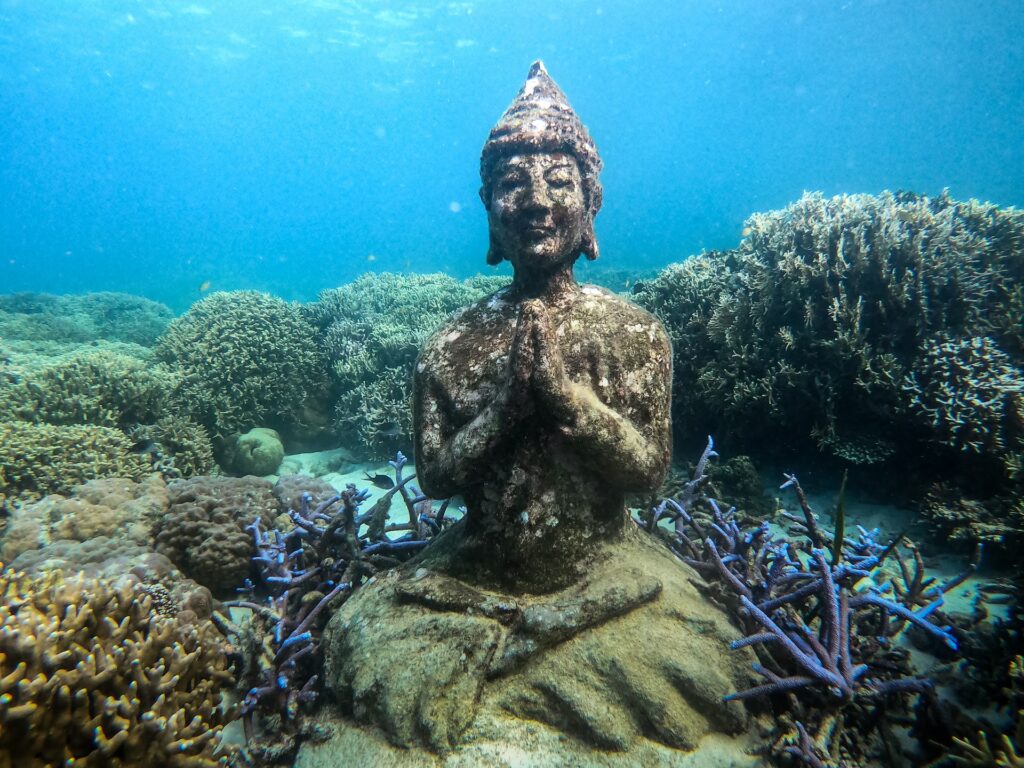
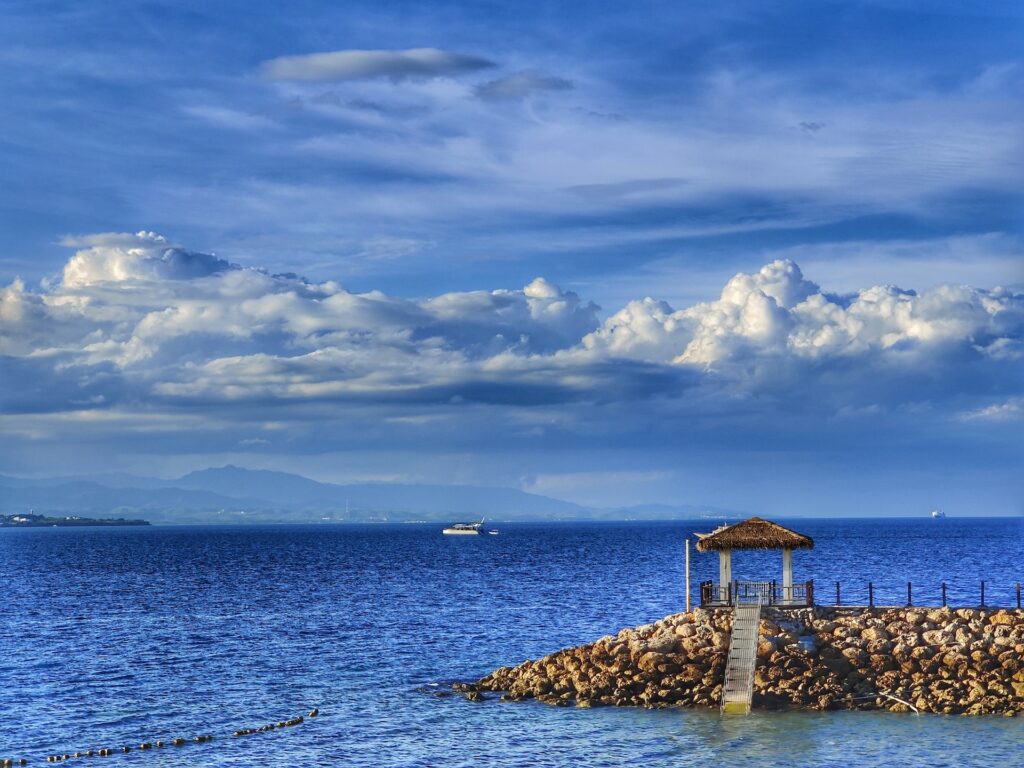
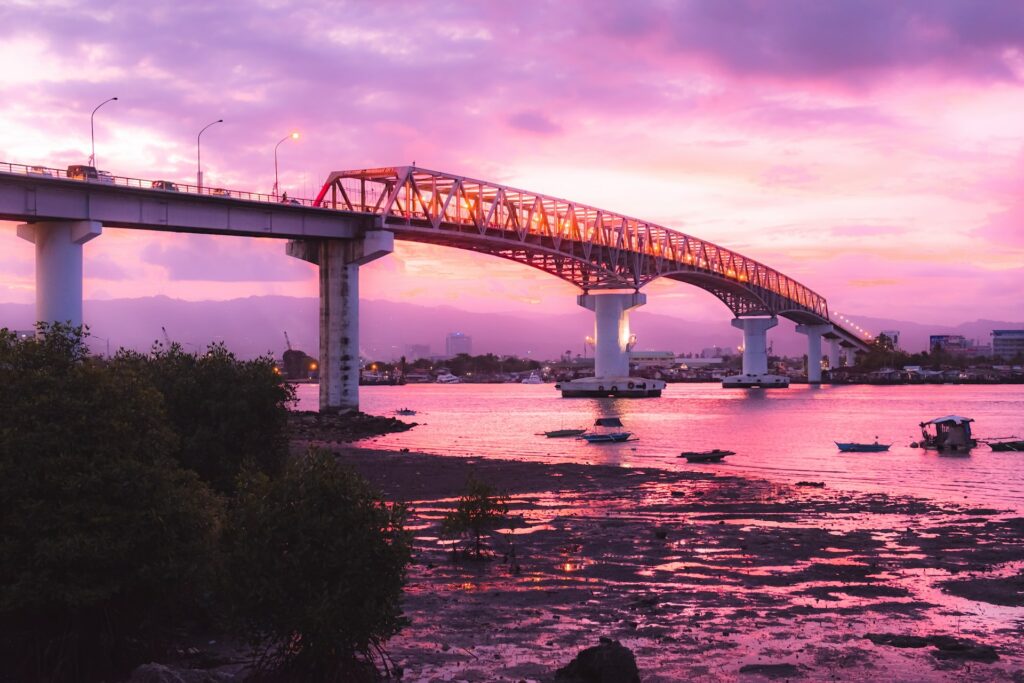
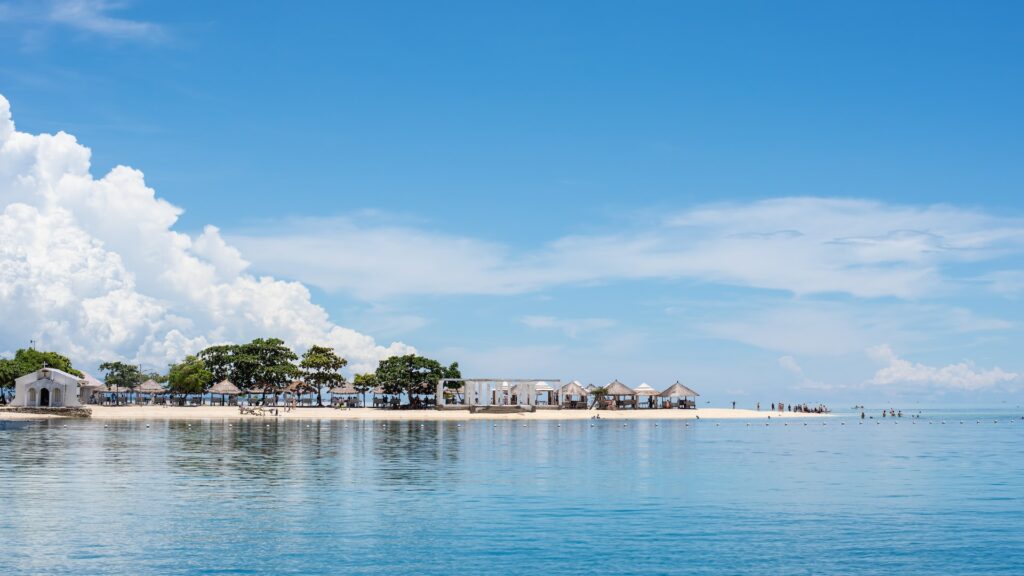
In the past, Cebu was the residence of kings, today it is a major trading port and one of the most popular tourist centers of the Philippines. Dill, corn, coconuts, rice, fruits and other crops grown in Cebu are exported from the local port. The city is located on the east coast of the island, not far from Mactan Island, where there is also an airport, which is the second most accepted international flights in the Philippines. Today, about 800,000 people live in Cebu City alone. About 2 million people live in the entire agglomeration, which includes the cities of Mandaue, Lapu-Lapu and Talisai.
In the old town, in front of the town hall, stands the Magellan Cross, which commemorates the first Christian Mass celebrated in Cebu on April 14, 1521. This famous navigator landed here in 1521 with about 60 soldiers with the intention of capturing the island. However, he underestimated the power and strength of the local indigenous warlord Lapu Lapu. The Spaniards had to leave the island after a battle in which a sailor was mortally wounded.
The center of the city is crossed by the oldest street in the Philippines called Colon Street. Cebu City is dominated by the beautiful Basilica Minor del Santo Niño, which has a statue of little Jesus. Another important building in Cebu city is the fortress built in 1565 by the Spanish conqueror of the Philippines Miguel Lopez de Legazpi. Originally there was only a wooden fortress, but later it was replaced by a stone one.
You can also see the beautiful historic Casa Gorordo house, named after its inhabitants, the first Filipino Bishop Juan Gorordo. Currently, the house serves as a museum displaying the original equipment of the house. In the local affluent area, aptly named Beverly Hills, there is a cute Taoist temple offering stunning views of the city. In addition to Spanish attractions, Cebu has beautiful islands with snow-white beaches and excellent places for diving and snorkeling. These include the islands of Malapascua and Camotes.










